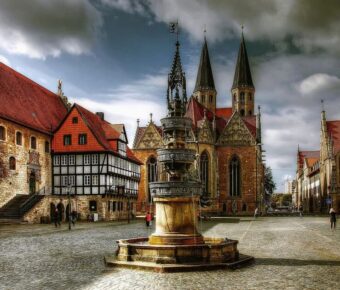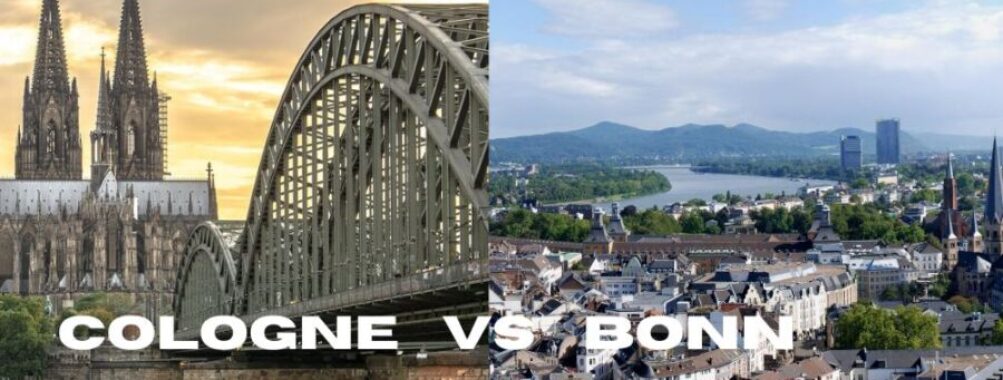
Cologne vs Bonn: A Local’s Guide to Choosing Between These Rhine Valley Gems
Choosing between Cologne and Bonn can be tricky for travelers exploring Germany’s western region. These two cities sit just 30 kilometers apart along the Rhine River, each offering unique experiences for visitors.
Cologne stands out as the livelier option with its stunning Gothic cathedral and bustling arts scene. Meanwhile, Bonn provides a more peaceful atmosphere with its well-maintained streets and deep cultural heritage as Beethoven’s birthplace. The cities have different personalities that appeal to different types of travelers.
Both cities make great bases for exploring the Rhine region. Cologne draws bigger crowds with its world-class museums and energetic nightlife. Meanwhile, Bonn keeps things quieter and more refined, perfect for history buffs and classical music fans who want to explore the former capital of West Germany.
Contents
- Historical Overview
- Cologne’s Heritage
- Bonn’s Legacy
- Cultural Highlights
- Museums and Art
- Music and Performances
- Festivals and Events
- Lifestyle and Atmosphere
- Nightlife and Dining
- Shopping Experiences
- Outdoor and Recreation
- Comparative Analysis
- Cost of Living
- Public Transportation
- Tourism Appeal
- Unique Experiences
- Local Delicacies
- Architectural Marvels
- Natural Beauty
- Frequently Asked Questions
- What are the key differences in cultural attractions between Cologne and Bonn?
- How do the living costs in Cologne compare to those in Bonn?
- What unique experiences do Cologne and Bonn offer to tourists?
- Why might someone choose to live in Bonn over Cologne, or vice versa?
- Can you highlight the transportation options when traveling between Cologne and Bonn?
- What are the lesser-known but must-visit places in both Cologne and Bonn?
- More Travel Guides
Historical Overview
Both cities along the Rhine River showcase distinct historical paths that shaped modern Germany. Their rich pasts include Roman settlements, medieval growth, and roles in modern German politics.
Cologne’s Heritage
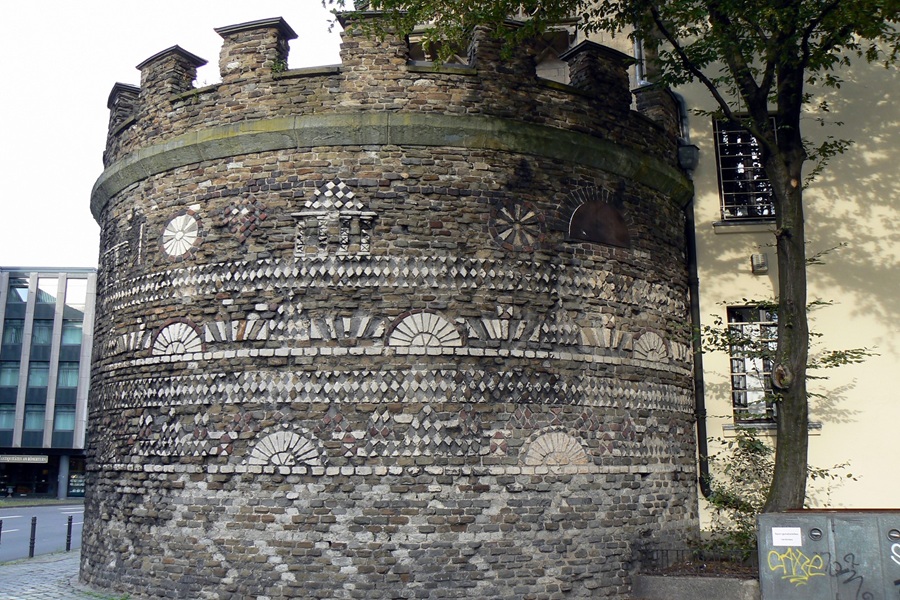
The Romans founded Cologne in 38 BC, making it one of Germany’s oldest cities. The settlement, called Colonia Claudia Ara Agrippinensium, grew into a major Roman trading hub.
The city’s medieval glory centered around its magnificent cathedral. Construction started in 1248, but it took over 600 years to complete this Gothic masterpiece. Today, the Cologne Cathedral stands as Germany’s most-visited landmark.
The Roman-Germanic Museum displays amazing artifacts from the city’s Roman past. Ancient mosaics, glass collections, and jewelry show how rich and important Cologne was during Roman times.
Bonn’s Legacy
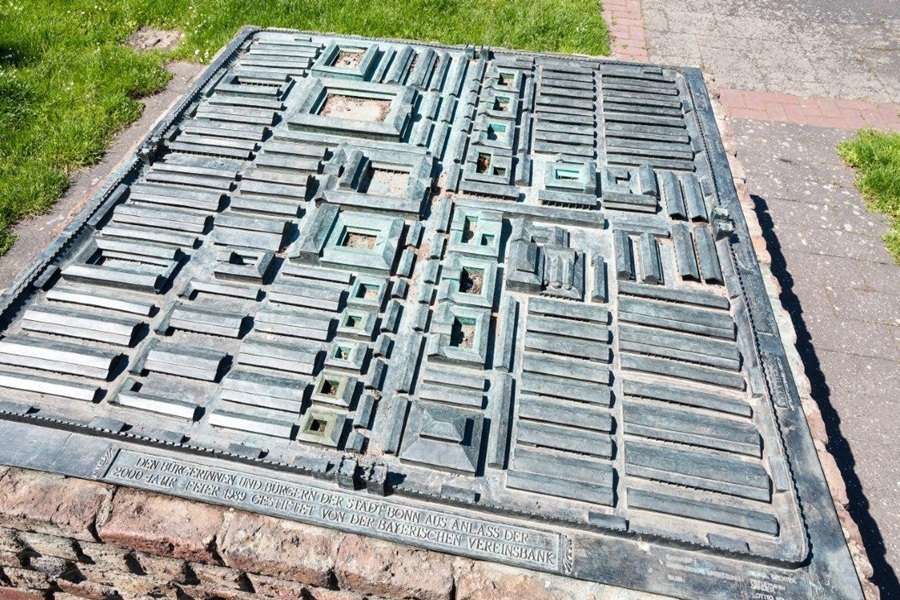
Bonn started as a Roman fortress in the 1st century BC. The Romans built military camps here to protect their territories along the Rhine River.
The city gained fame as Beethoven’s birthplace in 1770. His home still stands as a museum, drawing music lovers from around the world.
Bonn took center stage after World War II when it became West Germany‘s capital in 1949. It served as the seat of government until 1990, after German reunification. The city kept some government offices and became a “Federal City.
The Bonn Minster, built in the 11th century, shows the city’s religious importance. Its five towers make it one of Germany’s oldest churches still standing.
Cultural Highlights
Both Cologne and Bonn showcase rich artistic traditions, world-class museums, and vibrant performing arts scenes. The cities celebrate their cultural heritage through year-round festivals and events that bring local history to life.
Museums and Art
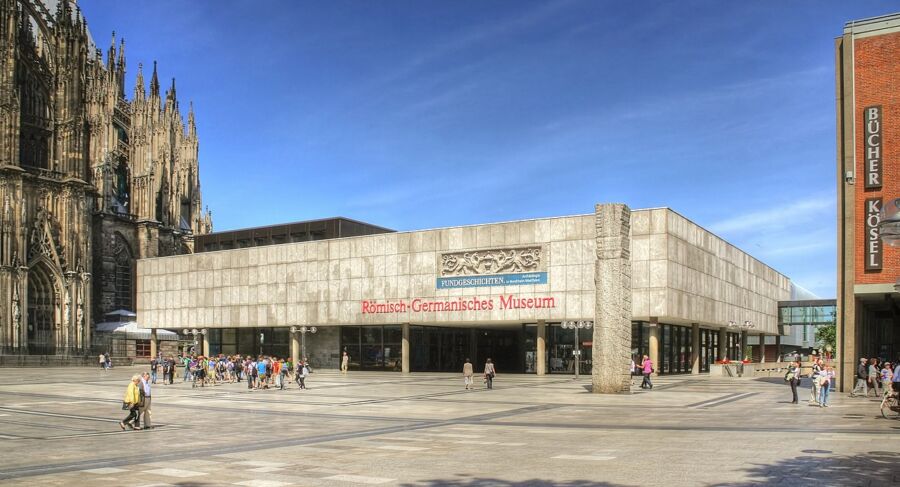
The Museum Ludwig in Cologne stands out with its impressive modern art collection, featuring works by Picasso and Pop Art icons. The Romano-Germanic Museum tells the fascinating story of the city’s Roman past through ancient artifacts and archaeological finds.
Bonn’s cultural scene centers around the Art and Exhibition Hall, which hosts rotating international exhibitions throughout the year. The Bonn Museum of Modern Art displays contemporary pieces from both German and international artists.
The Beethoven House gives visitors a glimpse into the life of the famous composer. Original instruments, manuscripts, and personal items fill the rooms where Ludwig van Beethoven was born.
Music and Performances
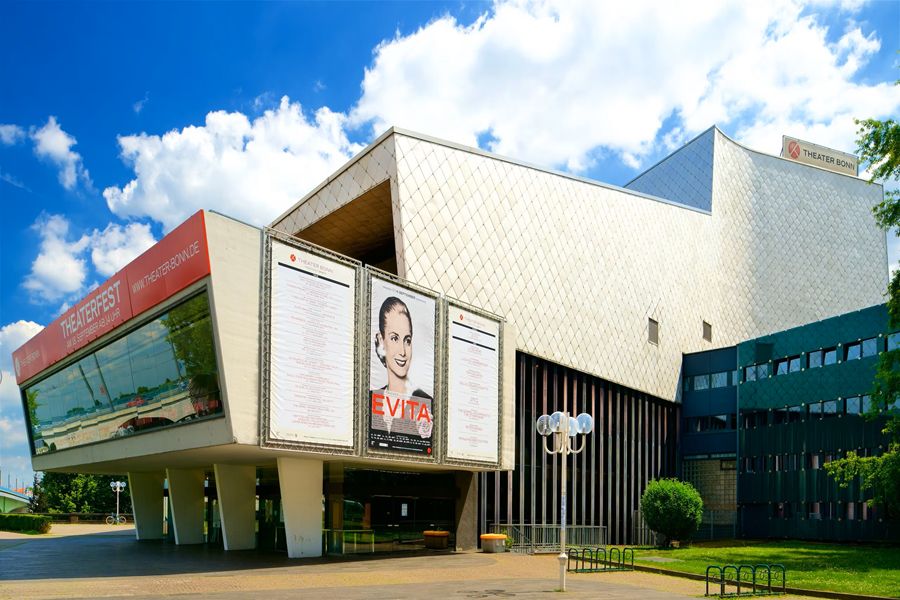
Cologne’s musical landscape features the Kölner Philharmonie, where classical concerts draw music lovers from around the world. Street musicians often perform near the Cologne Cathedral, adding a lively atmosphere to the city center.
Bonn honors its most famous son through the annual Beethoven Festival. Classical performances happen regularly at various venues across the city. The Opera House hosts both traditional and modern productions.
Festivals and Events
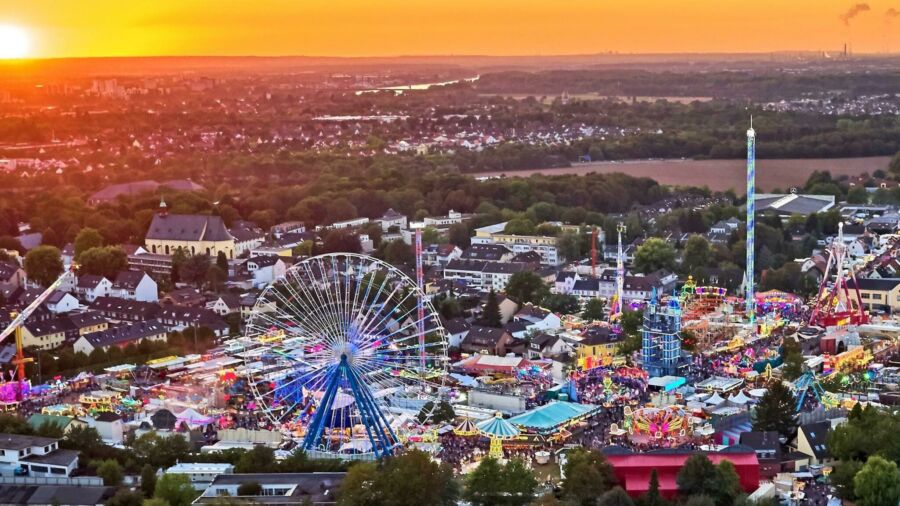
The Cologne Carnival ranks among Germany’s biggest cultural celebrations. Colorful parades, costumes, and street parties take over the city for several days each winter.
Both cities host magical Christmas markets. The market near Cologne Cathedral creates an enchanting winter atmosphere with handcrafted gifts and local treats.
Bonn’s cultural calendar includes the Pützchens Markt, a traditional folk festival dating back centuries. The Rhine in Flames festival lights up the river with fireworks and illuminated ships during summer evenings.
Art fairs and food festivals occur throughout the year in both cities, celebrating local traditions and international cultures.
Lifestyle and Atmosphere
Cologne buzzes with big-city energy and a lively cultural scene, while Bonn offers a more laid-back, intellectual vibe. These distinct personalities shape daily life in both cities, from their entertainment options to outdoor spaces.
Nightlife and Dining
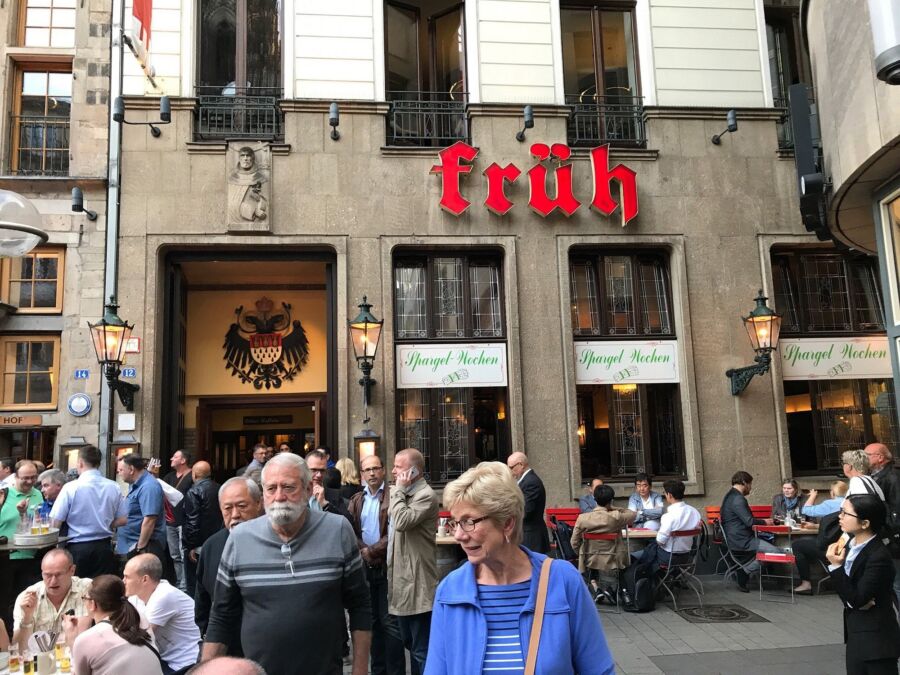
Cologne’s nightlife is hard to beat with countless bars and clubs scattered throughout the Belgian Quarter and Old Town. The city’s famous Kölsch beer flows freely at traditional brewhouses like Früh and Peters, where servers keep bringing fresh glasses until you cover yours with a coaster.
Bonn’s evening scene is more relaxed, with cozy wine bars and student pubs around the university area. The city has plenty of great restaurants, but they tend to close earlier than in Cologne.
Food lovers will find more variety in Cologne, from Michelin-starred spots to street food markets. The city’s multicultural population means you can find authentic cuisine from around the world.
Shopping Experiences

Cologne’s Schildergasse ranks among Germany’s busiest shopping streets. The pedestrian zone features major retail chains, department stores, and specialty shops. The Belgian Quarter attracts fashion-conscious shoppers with independent boutiques and designer stores.
Bonn’s main shopping area centers around Friedrichstraße and Poststraße. The streets are less crowded than Cologne’s, making for a more peaceful shopping trip. Local markets pop up regularly in both cities, selling fresh produce and handmade goods.
Outdoor and Recreation

Both cities embrace the Rhine River with lovely riverside paths perfect for walking or cycling. Cologne’s Rhine Gardens offer stunning cathedral views and host summer festivals.
Bonn shines with its abundance of green spaces. The Rheinaue Park spans 160 hectares with lakes, gardens, and playgrounds. Families appreciate the wider sidewalks and less hectic atmosphere.
Cologne’s Aqualand water park draws crowds year-round. The city also maintains several urban parks like the Flora and Botanical Garden, though they can get busy on weekends.
Comparative Analysis
Cologne and Bonn offer distinct experiences in terms of daily expenses, getting around, and tourist attractions. Each city brings unique advantages for different types of travelers.
Cost of Living
Living costs in Cologne run about 15% higher than Bonn. A one-bedroom apartment in central Cologne costs around €1,200 monthly, while similar units in Bonn average €950.
Groceries and dining show smaller differences. A meal at a casual restaurant in Cologne costs €15-20, compared to €13-17 in Bonn.
Basic utilities like electricity and water cost roughly €250 monthly in both cities. Internet and phone plans have similar prices too.
Public Transportation
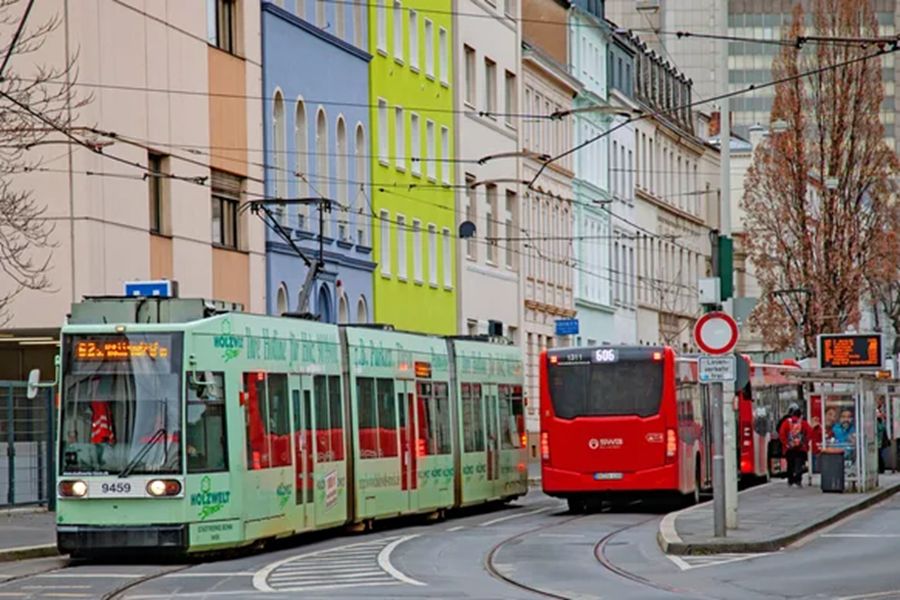
Both cities maintain reliable public transit systems. Cologne’s network is more extensive, with 11 subway lines and over 200 bus routes serving the larger population.
Bonn’s system is compact but efficient. Monthly passes cost €90 in Bonn versus €105 in Cologne. Both cities feature dedicated bike lanes and [search flights and transport options] through major booking sites.
The trains run more frequently in Cologne, especially late at night. Bonn’s smaller size means shorter average commute times.
Tourism Appeal
Cologne draws more tourists with its famous cathedral and larger museums. The city hosts major events like Carnival that fill local [hotels and accommodations] throughout the year.
Bonn attracts visitors interested in Beethoven’s birthplace and German history. The city offers a quieter atmosphere perfect for families and culture enthusiasts.
Museums cost slightly less in Bonn. Entry fees average €8 compared to €12 in Cologne. Both cities provide good value with combination passes for multiple attractions.
Walking tours explore charming old towns in both places. Cologne features more shopping and nightlife options while Bonn excels in parks and green spaces.
Unique Experiences
Both Cologne and Bonn offer distinct adventures that make each city special. From local beer halls to stunning architecture and riverside views, these German gems pack plenty of memorable moments.
Local Delicacies
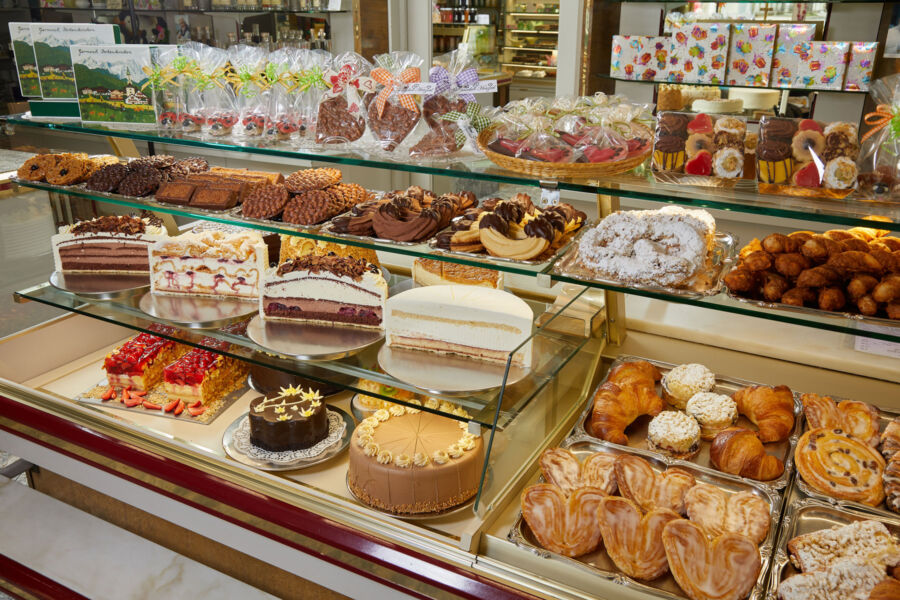
The food scene in Cologne centers around its famous Kölsch beer, served in traditional beer halls by waiters called Köbes. These small, crisp glasses keep coming until you place a coaster on top to signal you’re done.
Cologne’s Chocolate Museum sits right on the Rhine River, letting visitors watch chocolate-making in action and sample fresh treats. The gift shop stocks unique flavors you won’t find elsewhere.
Bonn takes pride in its cozy cafes and Konditorei (pastry shops). The city’s signature sweet is the Bonnerموchen, a praline-filled chocolate treat shaped like the old city hall.
Architectural Marvels
The Cologne Cathedral dominates the city skyline with its twin Gothic spires reaching 157 meters high. This UNESCO World Heritage site took over 600 years to complete.
The Hohenzollern Bridge stretches across the Rhine, covered in thousands of “love locks” left by couples. The bridge offers perfect photo spots of the cathedral and old town.
Bonn’s old town features beautiful Baroque buildings painted in pastel colors. The pink Rococo city hall and the golden Beethoven House draw architecture fans year-round.
Natural Beauty
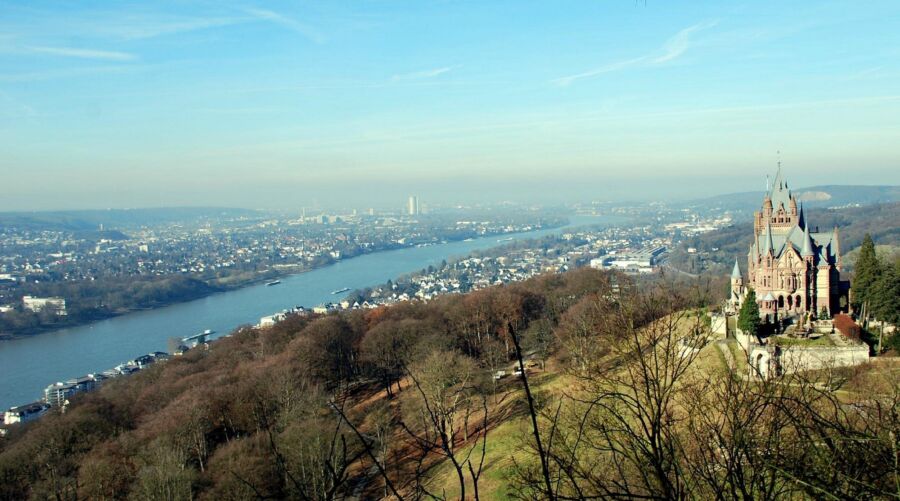
The Rhine River shapes both cities’ character. In Cologne, riverside promenades buzz with cafes and beer gardens. Sunset boat cruises pass under historic bridges and past the cathedral.
Bonn’s location near the Siebengebirge (Seven Mountains) provides easy access to hiking trails and nature spots. The Drachenfels cliff offers panoramic river views.
Both cities maintain lovely botanical gardens. Bonn’s collection includes rare orchids and giant water lilies, while Cologne’s Flora features art nouveau greenhouses.
Frequently Asked Questions
Cologne and Bonn each bring distinct charms and experiences to visitors and residents alike, from historic landmarks to modern culture. The cities share close ties yet maintain unique identities worth exploring.
What are the key differences in cultural attractions between Cologne and Bonn?
Cologne draws visitors to its majestic Gothic Cathedral, a UNESCO World Heritage site that towers over the city. The city buzzes with art museums and hosts one of Europe’s biggest Carnival celebrations.
Bonn shines as Beethoven’s birthplace, with his home now a popular museum. The city offers a more relaxed cultural scene with the Museum Mile featuring art, science, and history exhibits.
How do the living costs in Cologne compare to those in Bonn?
Housing costs tend to be higher in Cologne due to its larger population and greater demand. Rent prices in central Cologne often exceed those in Bonn by 15-20%.
Daily expenses like groceries and dining out stay similar between both cities. Public transport costs less in Bonn, making it easier to get around on a budget.
What unique experiences do Cologne and Bonn offer to tourists?
Cologne tempts visitors with its famous Kölsch beer halls and brewhouses. The city comes alive at night with countless bars, clubs, and music venues.
Bonn charms tourists with its old town cafes and riverside walking paths. Cherry blossom season transforms the city into a pink wonderland, especially along Heerstrasse.
Why might someone choose to live in Bonn over Cologne, or vice versa?
Bonn offers cleaner streets and a calmer pace of life. The city attracts families and professionals seeking a mix of culture and quiet living.
Cologne appeals to those wanting big city energy and job opportunities. Its diverse neighborhoods and active social scene make it perfect for young professionals and creatives.
Can you highlight the transportation options when traveling between Cologne and Bonn?
Regular trains connect the cities every 20-30 minutes, with a journey time of about 25 minutes. Both regional and high-speed ICE trains serve this route.
The KVB tram system links the cities along the Rhine. Bikes and boats provide scenic alternative transport options during warm months.
What are the lesser-known but must-visit places in both Cologne and Bonn?
In Cologne, the Belgian Quarter hides amazing street art and indie boutiques. The Melaten Cemetery offers peaceful walks among historic graves and sculptures.
Bonn’s Südstadt district charms with its art nouveau architecture. The Godesburg ruins provide stunning Rhine Valley views most tourists miss.



